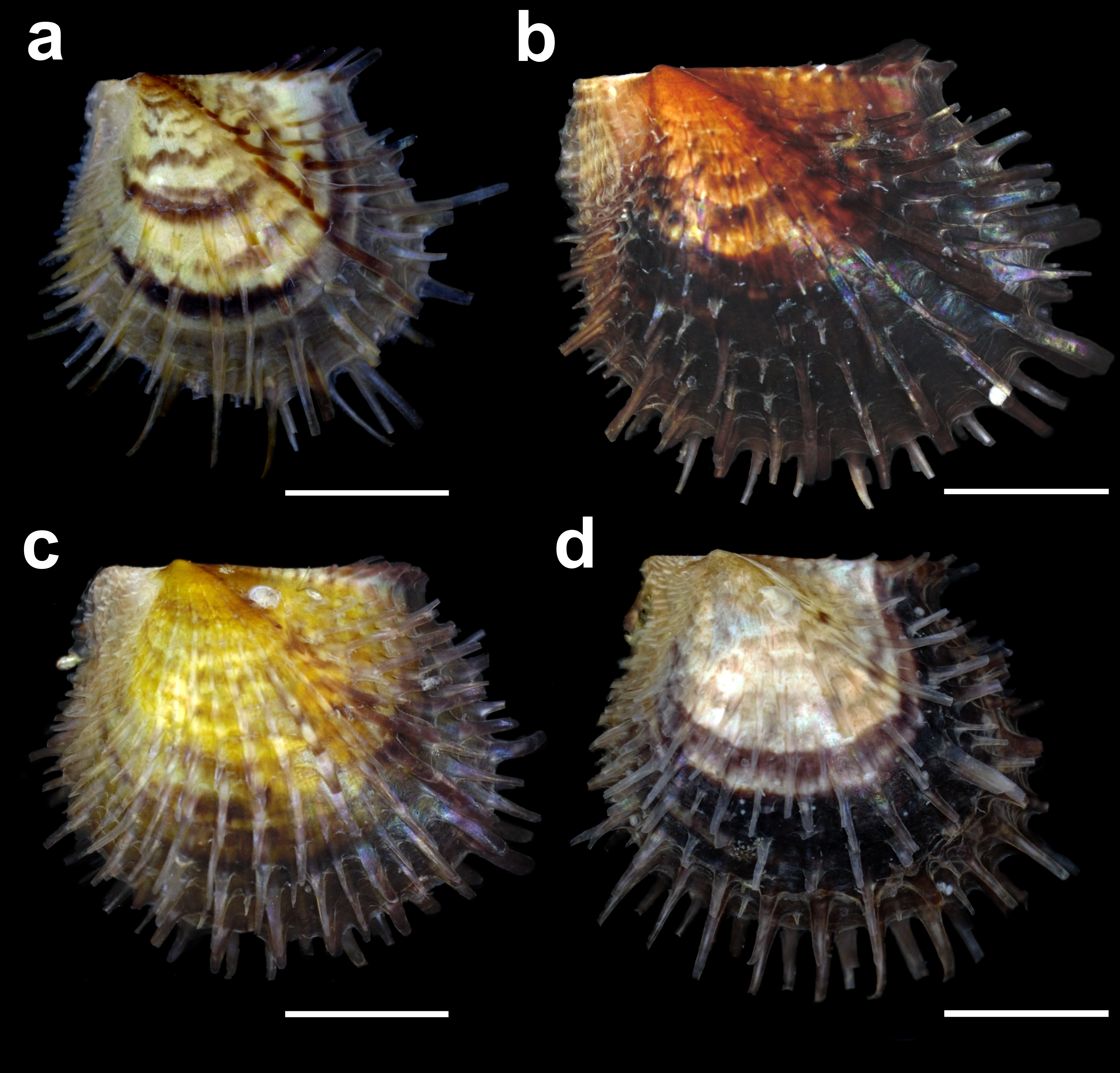Natural history collections and overlooked fauna: Pinctada longisquamosa (Bivalvia) in the Colombian Caribbean
Contenido principal del artículo
Resumen
Descargas
Detalles del artículo

Esta obra está bajo una licencia internacional Creative Commons Atribución-NoComercial-CompartirIgual 4.0.
Citas
Báez, D. (2001). Estructura de la biocenosis asociada a raíces sumergidas de mangle rojo (Rhizophora mangle) en la isla Tintipán, Archipiélago de San Bernardo. [Undergraduate thesis, Pontificia Universidad Javeriana] Repositorio Institucional Javeriano. https://repository.javeriana.edu.co/bitstream/handle/10554/55654/BIOCENISIS.pdf?sequence=1
Cole, E., Crumley, A. E. and Carlson, S. (2011). Patterns of sex determination in the scaly pearl oyster in four anchialine ponds on San Salvador Island, Bahamas. In J. E. Baxter and E. S. Cole (Eds.), Proceedings of the Thirteenth Symposium on the Natural History of the Bahamas (pp. 129-139). Gerace Research Centre.
Díaz, J. M. and Puyana, M. (1994). Moluscos del caribe colombiano. Un catálogo ilustrado. Colciencias -Fundación Natura-Invemar.
GBIF.org. (2023a, 31 de octubre). GBIF Occurrence Download https://doi.org/10.15468/dl.bmughu
GBIF.org. (2023b, 25 de noviembre). Pteria hirundo (Linnaeus, 1758) In GBIF Secretariat (2023). GBIF Backbone Taxonomy. Checklist dataset https://doi.org/10.15468/39omei
Halvorson, H., Yang, K., Onstad, S., Phillips, K., Millis, A. and Cole, E. S. (2011). The evolution of life histories: new insights on differential sex determination in the scaly pearl oyster Pinctada longisquamosa. In C. Tepper and R. Shaklee (Eds.), The 14th Symposium on the Natural History of the Bahamas, (pp. 135-142). Gerace Research Centre.
Mikkelsen, P. M. and Bieler, R. (2008). Seashells of Southern Florida. Living marine mollusks of the Florida Keys and adjacent regions. Bivalves. Princeton University Press.
Mikkelsen, P. M., Tëmkin, I., Bieler, R. and Lyons, W.G. (2004). Pinctada longisquamosa (Dunker, 1852) (Bivalvia: Pteriidae), an unrecognized pearl oyster in the Western Atlantic. Malacologia, 46(2), 473-501.
MolluscaBase eds. (2023, 31 de octubre). MolluscaBase. Pinctada Röding, 1798. Accessed through: World Register of Marine Species at: https://www.marinespecies.org/aphia.php?p=taxdetails&id=138396.
SIBM. (2023). Sistema de Información sobre Biodiversidad Marina https://siam.invemar.org.co/sibm-busqueda-avanzada.
WoRMS. (2023). Pteria hirundo documented distribution. https://www.marinespecies.org/aphia.php?p=taxdetails&id=140891#distributions.
Yidi, E. and Sarmiento, V. (2011). Colombian Seashells from the Caribbean Sea. L’Informatore Piceno.

